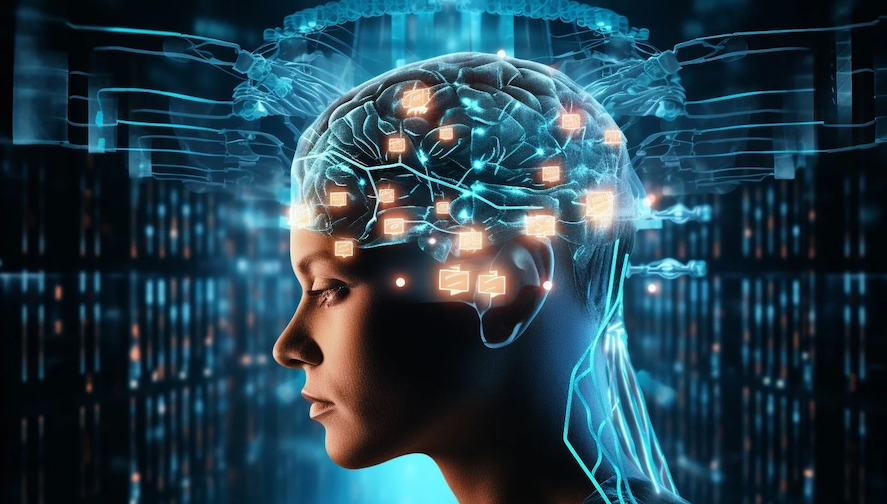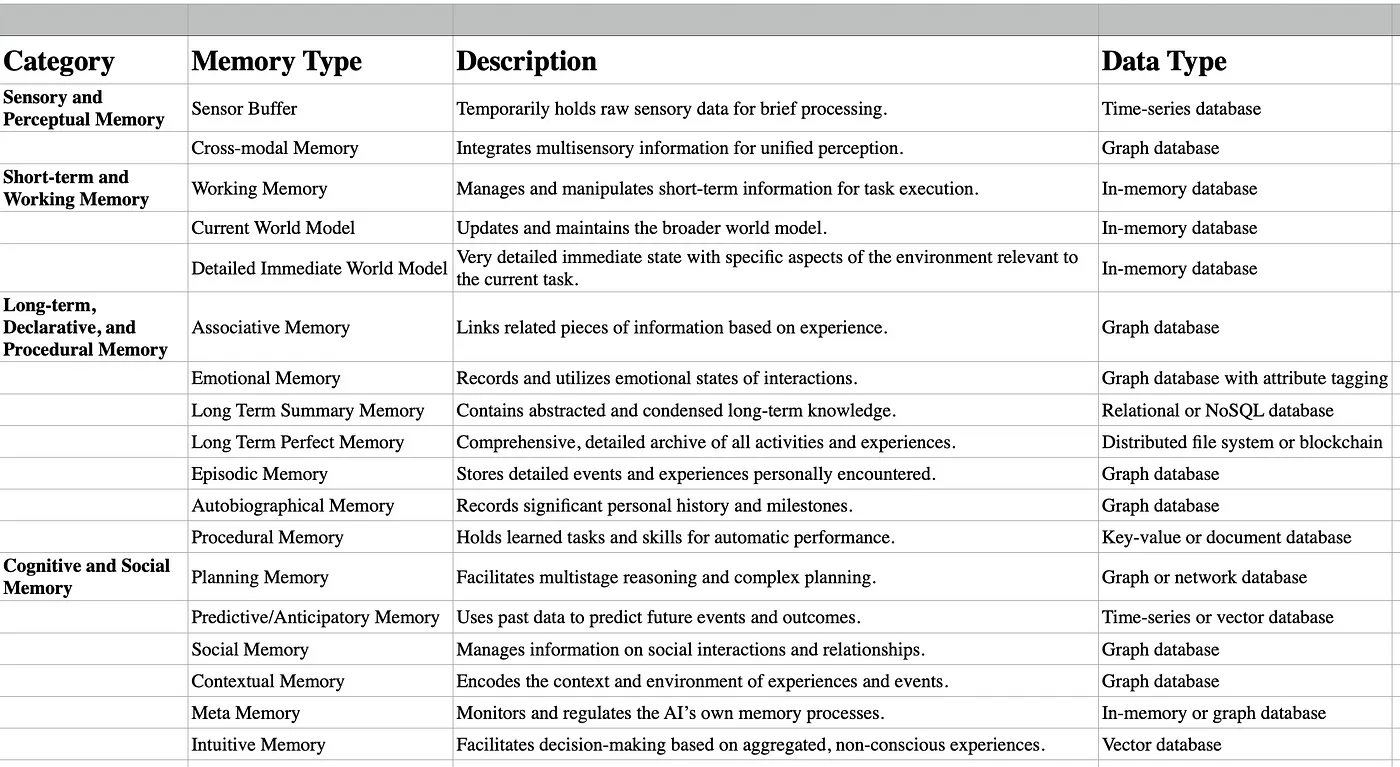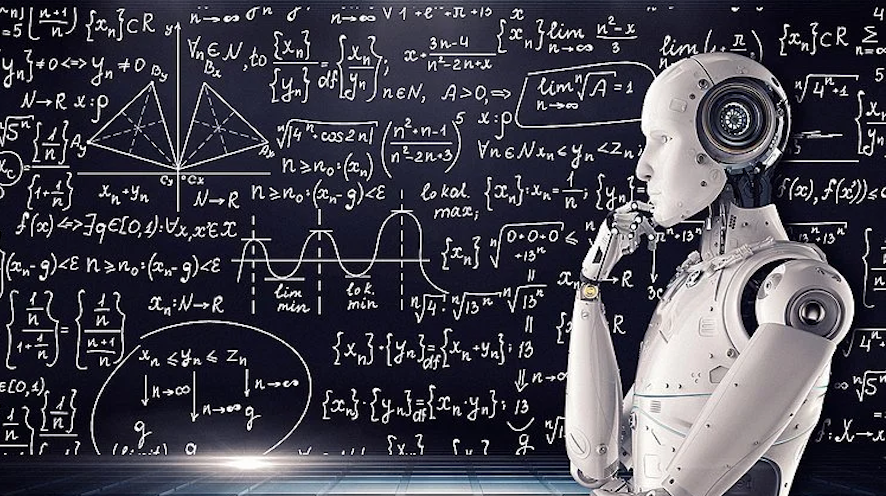
Mimicking the Mind: Unveiling the Blueprint for Human-Like Memory in AI
What is the simplest way we can mimic human memory in robots with today’s tech?As a personal curiosity, yesterday evening I was exploring ways to mimic human’s dynamic memory system that can be used in robots and software agents. This won’t be a perfect human replication, but the goal is to build something smart with today’s tech.
I came up 18 types of memories grouped into 4 categories — sensory memory, short term memory, long term memory, social memory. Some of these are not in humans, but added here to make the system smart.


To manage the memory there should be multiple types of background processes to work with this:
- Task Planner: Has to break down a task into a series of smaller ones.
- Current context picker: Based on environment [including human inputs].
- Predictive Modeler: Anticipates future events based on memories and current trends.
- Memory Organizer:
- Consolidation (sleep): Integrates and stabilizes memory traces, enhancing long-term retention.
- Cleanup (forget): Prunes less relevant, outdated, or incorrect information to maintain efficiency.
- Compactor: Compresses or abstracts memories to retain essential information efficiently. Summarizing is a key aspect.
- Cross-memory Integration: Integrates information across different memory types for cohesive understanding.
- Emotion/Episode Tagger: Enhances recall and decision-making by providing contextual relevance.
- Meta-cognitive Monitoring: Self-monitors effectiveness and reliability of memory processes for improvements.
- Sentiment chooser: Identify present self’s sentiment as well as the sentiment of others around.
- Explore-Select-Derive-Recall Workflow:
- Explore Phase: This could enhance the Associative and Contextual Memory by identifying possible actions or sub-tasks within a given context.
- Select Phase: This phase could be integrated into Planning Memory, where the system decides which sub-task to execute based on the current goal and context.
- Derive Phase: This is akin to executing steps stored in Procedural Memory, detailing how each sub-task is carried out.
- Recall Phase: This aligns with the use of Long Term Perfect Memory and Episodic Memory, where previously learned tasks or actions are retrieved and adapted to new situations.
Human-in-the-Loop (HITL) Correction: Incorporate HITL mechanisms to allow for the correction of memory entries, improving the accuracy and reliability of the memory system over time.
I came up 18 types of memories grouped into 4 categories — sensory memory, short term memory, long term memory, social memory. Some of these are not in humans, but added here to make the system smart.
Tags
Share




Dr. Balaji Viswanathan
CEO of Mitra Robot. Ex-Microsoft. I have a PhD i Computer Science with a focus on deep learning and robotics. Featured in CNN, BBC, Forbes and the History Channel. Top Writer on Quora.